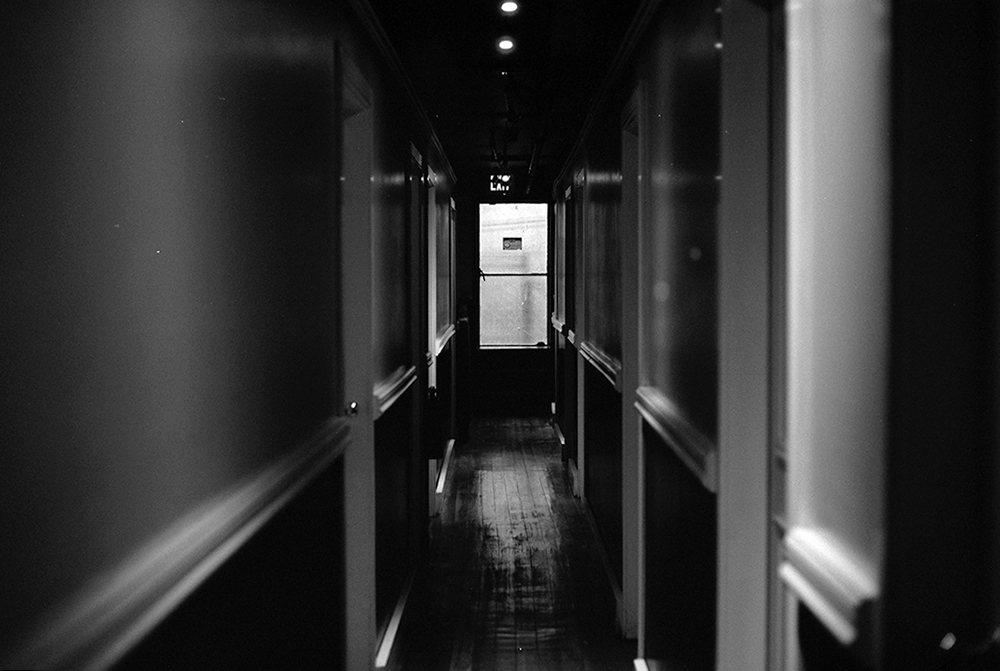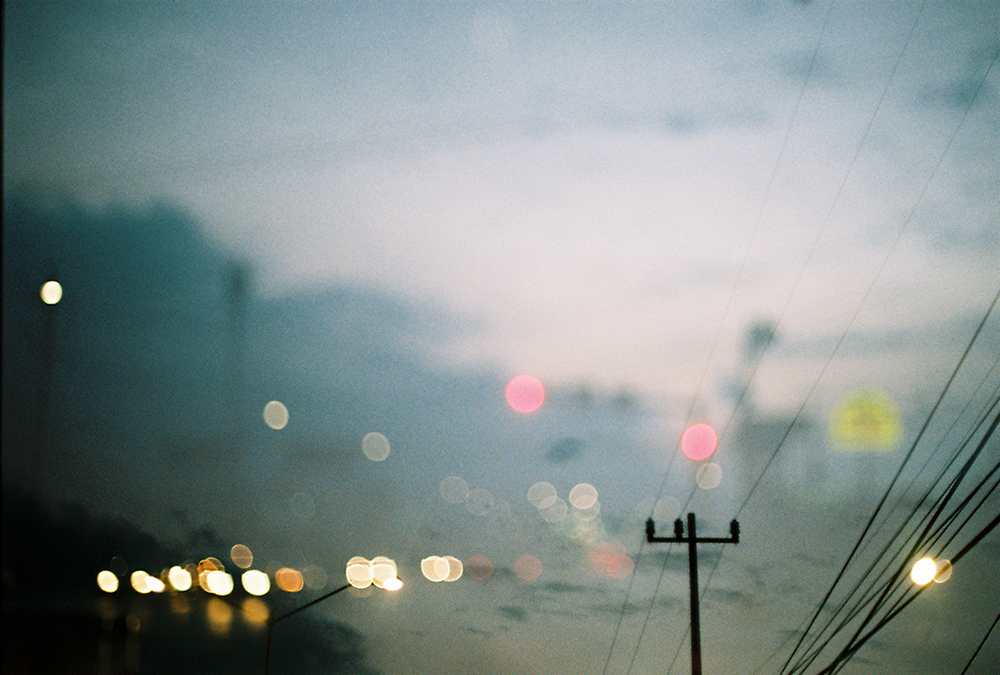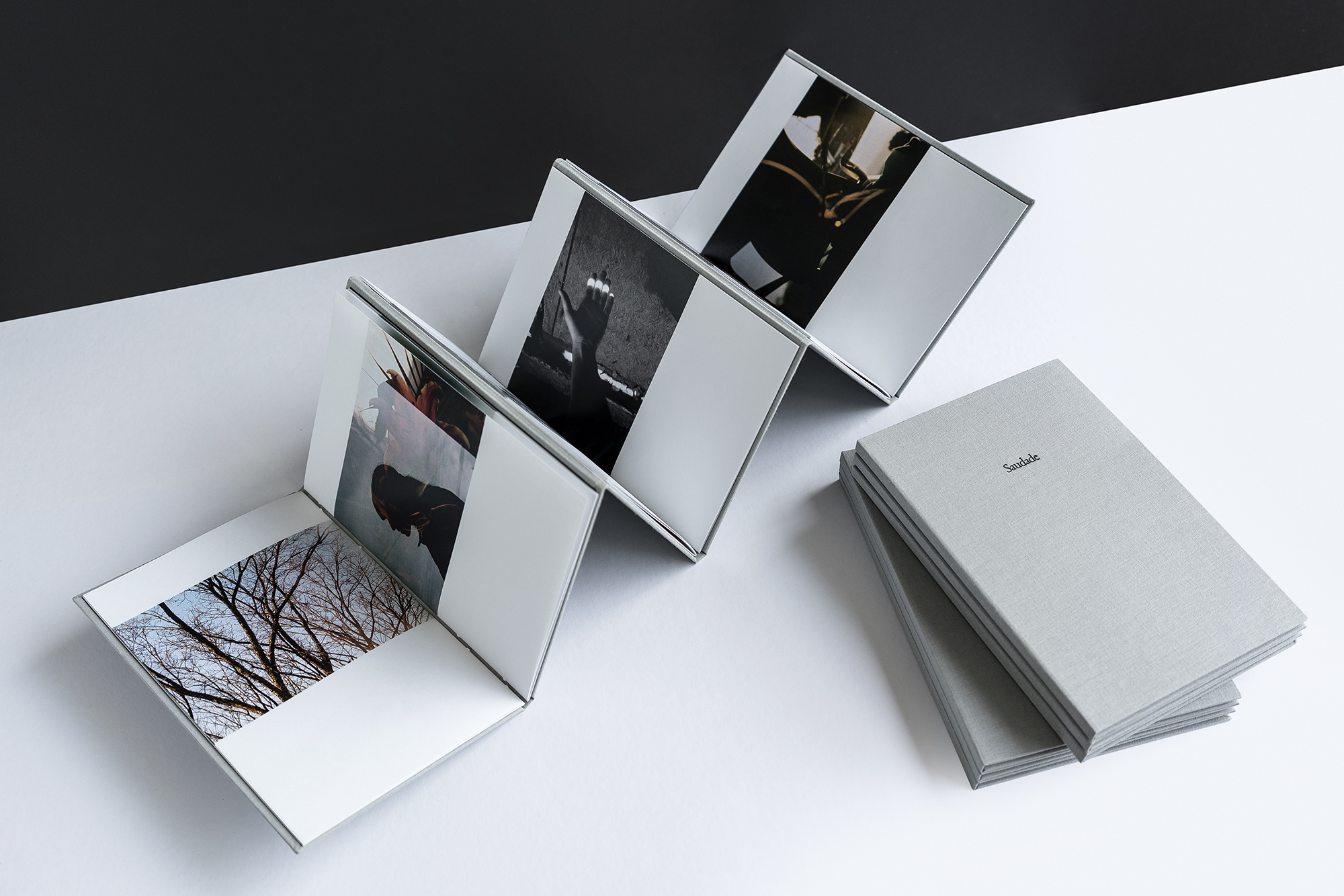Medium Festival of Photography: Nancy González
Today, we are continuing to look at the work of artists whose work I discovered at this year’s Medium Festival of Photography. Up next, Nancy González’s project, Saudade.
Nancy González (1992) is a graduate in Audiovisual Languages from the U.A.N.L. Her work focuses on self-exploration and the expression of a personal poetics, touching on themes such as gender and psychosocial tendencies typical of “Gen Y”. She has received awards in the Grupo Salinas’ “Caminos de la Libertad” contest (2014) and in the “Nuevo León Extraordinario” contest by CONARTE (2019). In 2019 she was selected in the Portfolio Review of the Nuevo León Photography Meeting. Nancy has participated in 6 collectives since 2018 for cultural, artistic and independent venues inside and outside of Monterrey. In 2021, she published her first photobook, “Saudade”, which was selected for the Northern Exposure Scholarship, part of the Medium Festival of Photography San Diego.
Follow Nancy González on Instagram: @nanancyg
Saudade
Saudade is a random compilation of remembrances, where the memory creates an illusion: a story about a specific period of time, that includes the end of adolescence and the beginning of adulthood. In it, the images of everyday life are constructed in a poetic way reflecting internal landscapes, which arise from the need to record that time that today is visualized as a lost paradise, where what it used to be, no longer will be.
Daniel George: This is a personal project, spanning a period of about 8 years, and focuses on your own memories and experiences. What prompted your interest in using the photographic medium as a sort of journal, to explore self and remembrances?
Nancy González: Since I can remember, I’ve had the need to express myself. I really liked drawing and wanted to be a writer. However, in my adolescence with the rise of communication in social media and the boom of images on the internet, I became interested in expression through images, so I ended up studying Visual Arts, where I learned that I could speak without words, rather with signs and symbols, and that dynamic seemed to be an extremely poetic game that I wanted to play.
This, added to the fact that my first great obsession was the pass of time and the loss that this entails, ended up being perfect that the main language I chose to express myself was photography, which defined in a very vague way is to capture a moment in time. Photography gave me the time that I felt was slipping out of my hands. And if in any case it had been writing, painting, dancing… I would have used any of these disciplines to talk about the same thing: my introspections and the meanings I find on these journeys.
DG: In your artist statement, you refer to these images of everyday life as visualizations of a “lost paradise.” How do you feel they function as such?
NG: A part of me knew that this “present” I was capturing, or at least my vision of it, was going to change. Because that’s what time does, it changes everything, devastates without mercy. With that idea in mind, I registered my way of seeing the world, somewhat naive, emotional and romantic. I knew that “the future” was coming and I was afraid to confront it, because I knew it was going to hurt. Somehow I knew. And I built myself Saudade as that comfortable memory to which we return when the present gets complicated. I self-constructed a romanticization of the past; between the anguish for the future and premeditated nostalgia for the loss of the present. Yes, I think we can say that I’ve been an apprehensive person.
DG: You also write that in this work, “the memory creates an illusion.” Tell us more about this component of the project.
NG: Memory is not objective, it’s rather a construct between what really happened, our perception of what happened, and the molding that the mind itself gives to events over time. Memory adds and subtracts details from the facts at its convenience. Memory as an illusion is precisely the romanticization of my past. With these images I have created my own story of nostalgia and daydreams, because that is what I chose to photograph, and therefore, deliberately, it’s what I have chosen to remember for this stage of my life.
DG: Because I was able to speak with you in-person at Medium, it gave me an opportunity to see and handle the book version of this project. And I think it lends itself very well to this form. Would you share your thought process on the unique way in which is constructed and sequenced?
NG: I define this period of my life as chaotic. I wanted to make a book in order to give order to the images so the project would be coherent, as well as to find meaning in what I was experiencing.
In the process of selecting the images, it was noted that there were 3 main color trends: some very warm, others colder and others monochromatic. Likewise, 3 main feelings were defined on which the project was based: nostalgia, melancholy, anguish. And it was decided to go from there. The images were divided into three groups, one by sentiment, to which a chromatic tone was assigned.
At least 6 dummies were made, explorating options such as 3 separate books or even a book with all the images mixed up. I knew the division of the images would help the viewer to a better understanding of the project, but at the same time I wanted the final result to be a single object. Because they weren’t three separate periods of time, everything took place in the same stage of life, I needed to see them together. Thus came the idea of a single book made up of three in an accordion format. Also in this way, the three books could be seen at the same time, giving the viewer the opportunity to even play with my memory and create their own narratives. This mixture of images gave back the chaotic character in which Saudade was conceived.
DG: One thing I find intriguing about this work regards language. The Portuguese word “saudade” claims no direct translation to English (though longing, nostalgia, and yearning are often used to describe it). Despite this, I feel like your photos provide that meaning which words cannot directly offer. We can sense the translation. Could you talk more about your choice to use this particular word, and its personal meaning to you?
NG: I had the project almost solved without having a name. Since I’m not the best with words, I decided to start my search from the basics, looking for synonyms of words like longing or melancholy… I found the word “Saudade” as a synonym for nostalgia. It is a word that apparently is also used in Spanish, however, I had never heard it. I began to investigate the meaning, and found countless songs and poems that spoke of this “joyful sadness”, and defined it as a feeling so complex that it encompassed several. It’s in that complexity and nostalgic connotation that I found the title of my work. Shortly after I found out that I have Portuguese ancestry, and suddenly it seemed like a perfect fit.
Posts on Lenscratch may not be reproduced without the permission of the Lenscratch staff and the photographer.
Recommended
-
Martin Stranka: All My StrangersDecember 14th, 2025
-
Interview with Maja Daniels: Gertrud, Natural Phenomena, and Alternative TimelinesNovember 16th, 2025
-
MG Vander Elst: SilencesOctober 21st, 2025
-
Photography Educator: Josh BirnbaumOctober 10th, 2025
-
Aiko Wakao Austin: What we inheritOctober 9th, 2025











































































